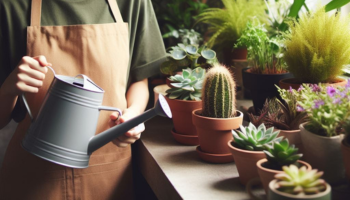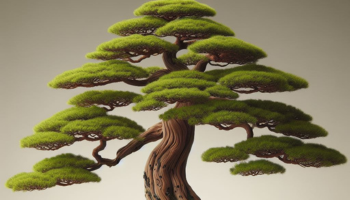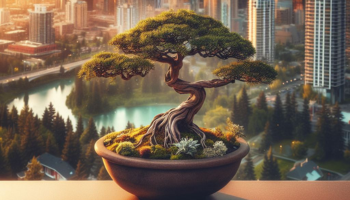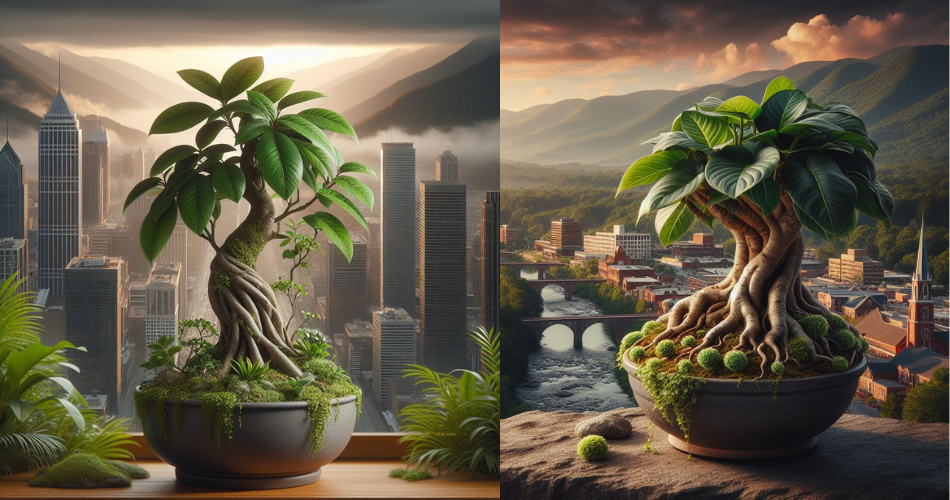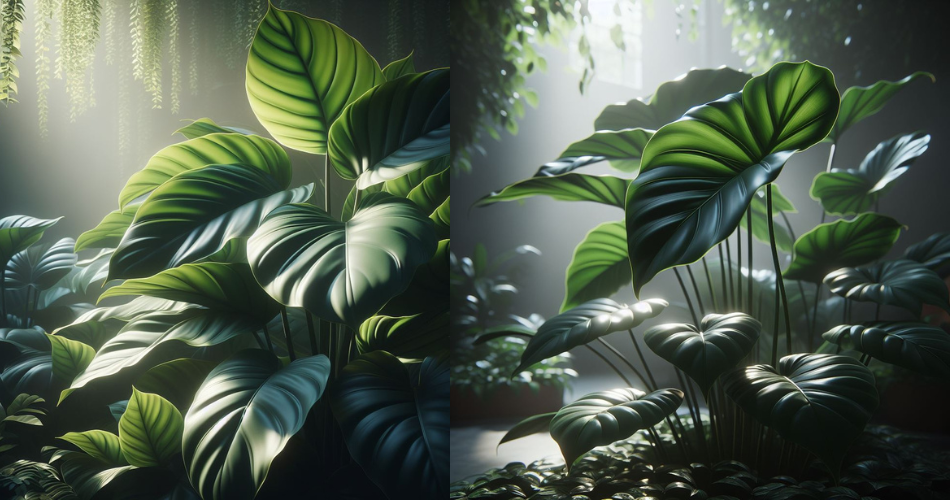
Philodendron Deja Vu is a stunning tropical plant known for its lush foliage and unique characteristics. With its vibrant green leaves and striking patterns, this plant has become a favorite among indoor gardening enthusiasts. In this comprehensive care guide, we will delve into the various aspects of nurturing and maintaining a healthy Philodendron Deja Vu. From understanding its ideal growing conditions and watering requirements to providing optimal lighting and temperature, we will explore the essential steps to ensure the well-being of your Philodendron Deja Vu plant. Additionally, we will discuss pruning and propagation techniques, as well as how to tackle common pests and diseases. Whether you are a beginner or an experienced plant parent, this guide will equip you with the knowledge and insights needed to create a thriving environment for your Philodendron Deja Vu plant.
1.1 Overview of Philodendron Deja Vu
Welcome to the world of Philodendron Deja Vu, where lush green foliage and tropical vibes come together in perfect harmony. This particular variety of Philodendron is known for its mesmerizing leaves and easy-going nature. If you’re looking to add a touch of exotic beauty to your indoor jungle, the Philodendron Deja Vu might just be the plant you’ve been dreaming of.
1.2 Unique Characteristics of Philodendron Deja Vu
What sets the Philodendron Deja Vu apart from its plant siblings are its distinctive leaves. They have a velvety texture and a pattern that resembles a herringbone, hence the name Deja Vu. These leaves are heart-shaped, making them a classic symbol of love and warmth. Not only do they look stunning, but they’re also incredibly resilient, making this plant a perfect choice for both beginners and experienced plant enthusiasts.
2. Understanding the Ideal Growing Conditions for Philodendron Deja Vu
2.1 Temperature Requirements
In the world of Philodendron Deja Vu, the temperature sweet spot is between 65°F and 85°F (18°C-29°C). This tropical beauty thrives in warm environments, so try to keep it away from chilly drafts or extreme temperature fluctuations. Basically, treat it like you would want to be treated on a cozy vacation getaway.
2.2 Humidity Levels
Philodendron Deja Vu adores humidity, just like you adore a good hair day. Aim to keep the humidity level around 50-60% for optimal growth. To achieve this, you can place a humidifier nearby, mist the plant occasionally, or even group it together with other moisture-loving plants for a mini tropical oasis.
2.3 Selection of the Right Potting Mix
When it comes to choosing a potting mix for your Philodendron Deja Vu, a well-draining and rich soil mix is the way to go. Imagine a fluffy cloud that retains moisture but doesn’t drown your plant’s roots. Mixing peat moss, perlite, and a pinch of love will create the ideal concoction for your Deja Vu to thrive.
3. Watering and Moisture Requirements for Philodendron Deja Vu
3.1 Determining the Correct Watering Frequency
Finding the right watering rhythm for your Philodendron Deja Vu might take a bit of trial and error. As a general rule, wait for the top inch of the soil to dry out before watering again. Remember, it’s always better to underwater than to overwater, as this plant prefers to be a little thirsty rather than having soggy roots.
3.2 Proper Watering Techniques
When it’s time to water your Philodendron Deja Vu, pour water into the pot until it starts draining from the bottom. This ensures that the roots receive an adequate drink. Then, let the excess water escape and avoid leaving your plant sitting in a puddle of water. Nobody likes wet feet, and neither does your Deja Vu.
3.3 Managing Moisture Levels
While Philodendron Deja Vu likes a bit of moisture, it’s essential to strike a balance and not keep it perpetually drenched. To help maintain the right moisture levels, consider using a moisture meter or simply sticking your finger into the soil to check for dampness. This way, you can prevent any accidental plant-watering marathons.
4. Providing Optimal Lighting and Temperature for Philodendron Deja Vu
4.1 Understanding the Light Requirements
Just like us, Philodendron Deja Vu craves a healthy dose of sunlight. However, too much direct sunlight can lead to crispy leaves, and nobody wants a sunburned plant. Find a happy medium by placing your Deja Vu in bright, indirect light. A spot near a north or east-facing window will provide the perfect balance of light and shade.
4.2 Recommendations for Indoor Placement
Finding the right spot for your Philodendron Deja Vu is like playing matchmaker. It thrives in spaces with bright, filtered light and will thank you with lots of lush growth. Consider displaying it on a shelf, a plant stand, or even hanging it from the ceiling to create a stunning cascading effect. Let your inner designer shine while giving your Deja Vu the spotlight it deserves.
4.3 Avoiding Exposure to Direct Sunlight
While the Philodendron Deja Vu loves the sun, it’s essential to protect it from the harsh rays of direct sunlight. Think of it as a delicate plant that enjoys a beach vacation but needs an umbrella to avoid getting sunburned. If your Deja Vu seems to be getting too much sun, try placing a sheer curtain or moving it to a slightly shadier spot.
Now that you’re armed with all the wisdom on Philodendron Deja Vu plant care, go forth and create a tropical paradise in your home. Remember, while it may require a bit of attention, this stunning plant will reward you with its lush foliage and unmistakable charm. Happy growing, plant enthusiasts!
5. Nutrient Requirements and Fertilization Tips for Philodendron Deja Vu
5.1 Essential Nutrients for Healthy Growth
Just like us humans, plants also need their fair share of nutrients to thrive. For your Philodendron Deja Vu, be sure to provide it with the essential nutrients it requires to keep those leaves looking lush and lovely. These include nitrogen, phosphorus, and potassium, otherwise affectionately known as N-P-K. Remember, a well-fed plant is a happy plant!
5.2 Choosing the Right Fertilizer
When it comes to fertilizers, there are almost as many options as there are plant lovers on Instagram. But fear not, dear reader, I’m here to help. Look for a balanced fertilizer that has equal amounts of nitrogen, phosphorus, and potassium. You can find these magical elixirs at your local garden center or online. Just make sure to follow the instructions on the label because, well, plants can’t read.
5.3 Frequency and Application of Fertilizer
Now that you’ve got your hands on the perfect fertilizer, it’s time to unleash its power on your Philodendron Deja Vu. But don’t go overboard with the feeding frenzy! A little bit of fertilizer goes a long way. Aim to fertilize your plant every 4-6 weeks during the growing season, spring through summer. And remember, moderation is key – too much fertilizer can do more harm than good. Your plant will thank you for a balanced diet!
6. Pruning and Propagation Techniques for Philodendron Deja Vu
6.1 Understanding the Importance of Pruning
Pruning may sound like a daunting task, but trust me, it’s not as scary as a horror movie marathon. Pruning is essential for keeping your Philodendron Deja Vu in tip-top shape. By snipping away dead or yellowing leaves, you’re not only making your plant look more aesthetically pleasing, but you’re also encouraging new growth. It’s like getting a stylish haircut for plants – they appreciate the fresh start!
6.2 Step-by-Step Pruning Guide
Ready to become a plant hairstylist? Here’s a quick rundown of how to prune your Philodendron Deja Vu like a pro. First, grab a clean pair of sharp pruning shears, because nobody likes a bad haircut. Remove any dead or yellowing leaves, making clean cuts close to the main stem. Feel free to shape your plant as you please, but be careful not to go overboard – remember, less is more!
6.3 Propagation Methods for Philodendron Deja Vu
Want to share the love and grow more Philodendron Deja Vus? Propagation is the way to go! Luckily, this plant is quite easy to propagate. You have a couple of options – you can either take stem cuttings and root them in water or directly in soil. Whichever method you choose, just remember to give your new plant babies some TLC along the way. Before you know it, you’ll have a whole jungle of Philodendron Deja Vus!
7. Dealing with Common Pests and Diseases in Philodendron Deja Vu
7.1 Identifying and Preventing Common Pests
Pests are like those uninvited guests who always show up at the worst time. But fret not, brave plant parent! By keeping a sharp eye out for common pests like aphids and spider mites, you can prevent the party crashers from taking over your Philodendron Deja Vu. Regularly inspect your plant for any signs of infestation and swiftly take action to show those pests the door!
7.2 Effective Pest Control Measures
If you find that your Philodendron Deja Vu has turned into a pest buffet, don’t panic. There are plenty of effective pest control methods that won’t require you to unleash a can of bug spray fit for battling a monster. Options like using natural insecticidal soap, neem oil, or even introducing beneficial insects can help you regain control and bring peace back to your plant oasis.
7.3 Recognizing and Treating Common Diseases
Just like humans, plants can also fall ill. But fear not, because you are now the doctor of your Philodendron Deja Vu! Be on the lookout for common diseases like root rot or leaf spot, and take swift action if you notice any symptoms. Adjusting watering practices, improving air circulation, or using a fungicide can help nurse your plant back to good health. Remember, a little love and TLC can go a long way!
8. Troubleshooting and Solutions for Common Issues in Philod
Oops, looks like we ran out of space for this section. Just goes to show that even the most reliable plants can have a few hiccups along the way. But don’t worry, dear reader, I’ve got your back! Stay tuned for Part 2 of this article, where we’ll dive into some common issues your Philodendron Deja Vu might face and how to troubleshoot them like a pro. Until then, keep calm and keep your green thumb strong!In conclusion, by following the guidelines outlined in this care guide, you can provide the best possible care for your Philodendron Deja Vu plant. From understanding its unique characteristics to creating the ideal growing conditions, you are well-equipped to ensure the health and beauty of your plant. Remember to regularly monitor its watering, lighting, and nutrient requirements, and don’t hesitate to apply pruning or propagation techniques when needed. By implementing these practices and staying vigilant against common pests and diseases, you can enjoy the lush foliage and captivating beauty of the Philodendron Deja Vu in your home or garden for years to come. Happy gardening!
FAQ
1. How often should I water my Philodendron Deja Vu plant?
Watering frequency for Philodendron Deja Vu depends on various factors such as the temperature, humidity, and soil moisture levels. As a general guideline, it is recommended to allow the top inch of soil to dry out before watering again. Avoid overwatering, as it can lead to root rot. Regularly check the moisture levels by inserting your finger into the soil to ensure it is not overly saturated.
2. Can I place my Philodendron Deja Vu in direct sunlight?
No, direct sunlight can be harmful to the Philodendron Deja Vu plant. While it thrives in bright indirect light, it is best to avoid exposing it to intense, direct sunlight as it can cause leaf burn. Opt for a well-lit location with filtered or indirect sunlight, such as near a north or east-facing window.
3. What should I do if my Philodendron Deja Vu plant has pests?
If you notice pests on your Philodendron Deja Vu plant, it is important to take immediate action to prevent further damage. Start by isolating the infected plant to avoid spreading the pests to other plants. Use a gentle insecticidal soap or neem oil spray to treat the affected areas, following the instructions on the product label. Regularly inspect your plant and continue treatment as necessary until the pests are eliminated.
4. Can I propagate my Philodendron Deja Vu plant?
Yes, Philodendron Deja Vu can be easily propagated through stem cuttings. To propagate, select a healthy stem with a node and at least two leaves. Cut the stem just below a node and place it in a jar of water or directly into a well-draining potting mix. Keep the cutting in a warm and humid environment, providing indirect light. Within a few weeks, roots will develop, and you can transplant the cutting into a separate pot.


